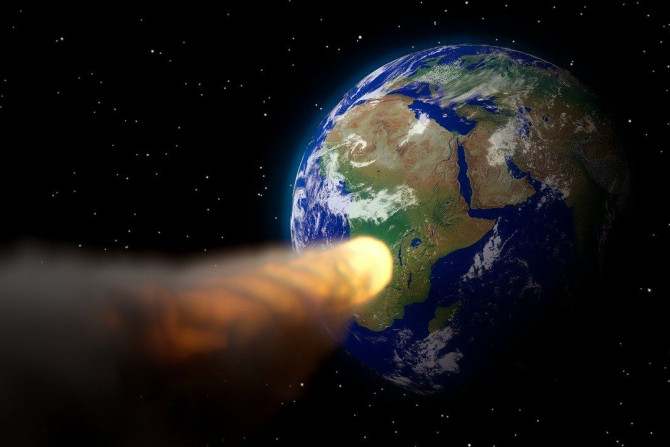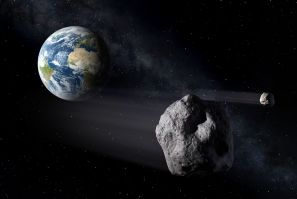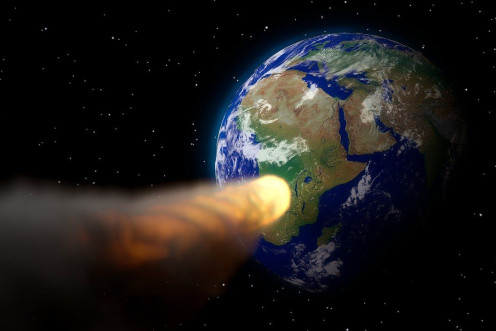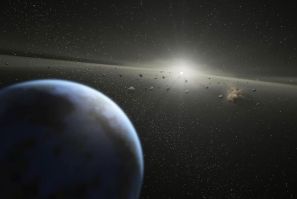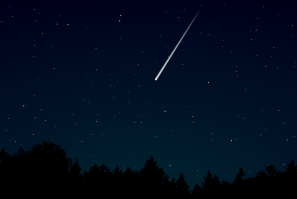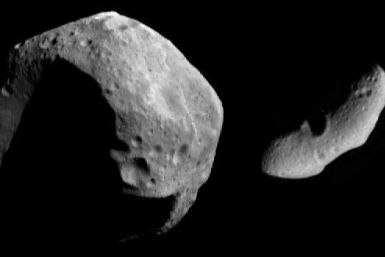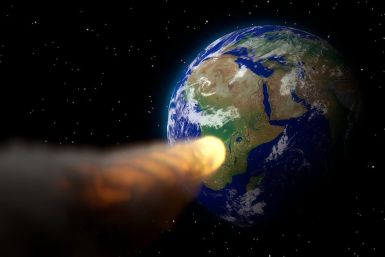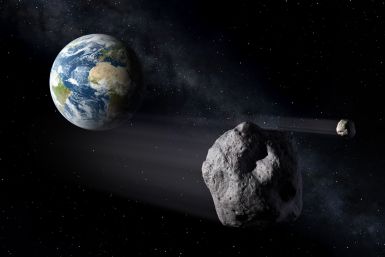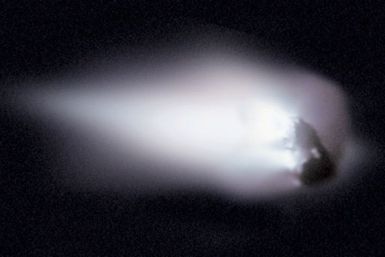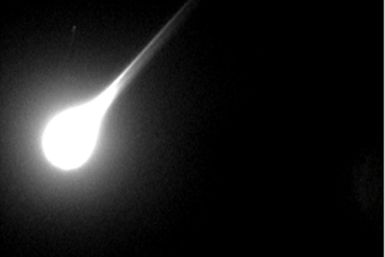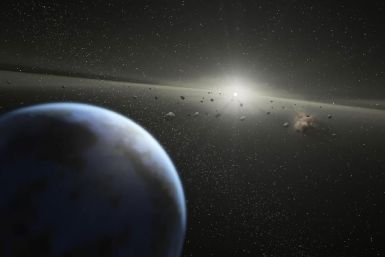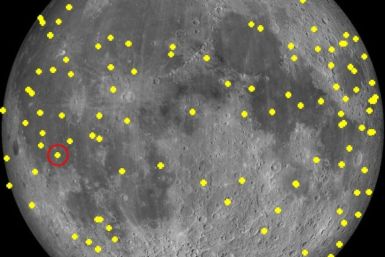NASA’s Center for Near-Earth Object Studies (CNEOS) is currently monitoring two asteroids that will fly past Earth on Monday (May 25). According to the data collected by the agency, the two approaching asteroids are going to intersect Earth’s orbit.
NASA’s Center for Near-Earth Object Studies (CNEOS) is currently monitoring six asteroids that are expected to visit Earth’s neighborhood this weekend. The largest asteroid in the group is bigger than the Statue of Liberty.
NASA’s automated asteroid tracking system has detected four near-Earth objects that are currently approaching the planet.
Astronomers have detected a new type of asteroid that has a strange characteristic.
NASA’s automated asteroid tracking system is currently monitoring a mountain-sized asteroid that’s approaching Earth. As indicated in the data collected by the agency, the approaching object is classified as a potentially hazardous asteroid that’s following an Earth-crossing natural orbit.
NASA’s asteroid tracking system is monitoring a near-Earth object that’s currently approaching the planet. According to the data collected by the agency, the asteroid will intersect Earth’s orbit during its upcoming approach.
NASA has spotted a total of three near-Earth asteroids that will fly past the planet on Monday (May 18). According to the data collected by the agency, one of the approaching asteroids is almost as big as the Great Pyramid of Giza.
NASA has spotted an asteroid bigger than the Leaning Tower of Pisa in Italy that’s expected to fly past Earth on Saturday (May 16). According to the agency’s asteroid database, this massive near-Earth object is not the only space rock that will approach the planet this weekend.
A small asteroid that hit Earth was captured on video as it turned into a bright fireball.
NASA’s Center for Near-Earth Object Studies (CNEOS) has detected two asteroids that are currently approaching Earth.
NASA has detected two asteroids that are expected to fly past Earth on Thursday.
NASA’s automated asteroid tracking system has detected four near-Earth objects that will fly past the planet this week. According to the data collected by the agency, all four asteroids follow natural orbits that intersect Earth’s path.
Earth’s asteroid tracking systems almost failed to detect a tiny space rock that skimmed the planet on April 28. Although the asteroid came close to hitting Earth, it helped demonstrate the planet’s prediction and detection capabilities for approaching space rocks.
NASA’s Center for Near-Earth Object Studies (CNEOS) detected a massive “potentially hazardous” asteroid that’s expected to safely fly past Earth on Tuesday (May 12). According to the agency’s asteroid tracking system, the approaching asteroid is bigger than the Washington Monument.
NASA’s asteroid tracking system has spotted the biggest asteroid that will fly past Earth this month. Measuring at almost 5,000 kilometers wide, the approaching asteroid has been classified as “potentially hazardous.”
NASA’s automated asteroid tracking system has spotted a massive asteroid that will approach Earth on Sunday (May 10). According to the data collected by the agency, the approaching asteroid is about as tall as a skyscraper.
NASA Administrator Jim Bridenstine revealed that the massive asteroid known as Apophis will closely approach Earth in less than 10 years from now.
NASA has detected a massive asteroid that’s expected to safely fly past Earth on Friday.
NASA’s automated asteroid tracking system has detected a total of five asteroids that are expected to safely approach Earth on Thursday.
Residents of Portugal spotted a bright fiery object streaking across the sky over the country. Based on reports by eyewitnesses, it seems a small asteroid entered Earth’s atmosphere and turned into a meteor fireball over Portugal.
An observatory funded by the European Space Agency (ESA) has detected the latest asteroid impact event on the Moon. According to the ESA, information collected by the observatory provides valuable information regarding asteroid impacts on Earth.
A study provided a new explanation regarding the nature of the impactor that caused the violent Tunguska airburst event in 1908. According to the authors of the study, an ordinary meteorite most likely did not cause the incident.


